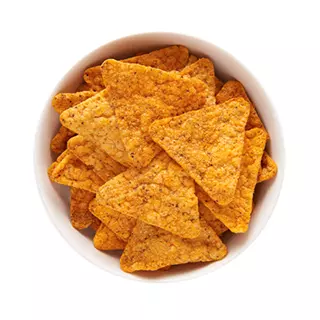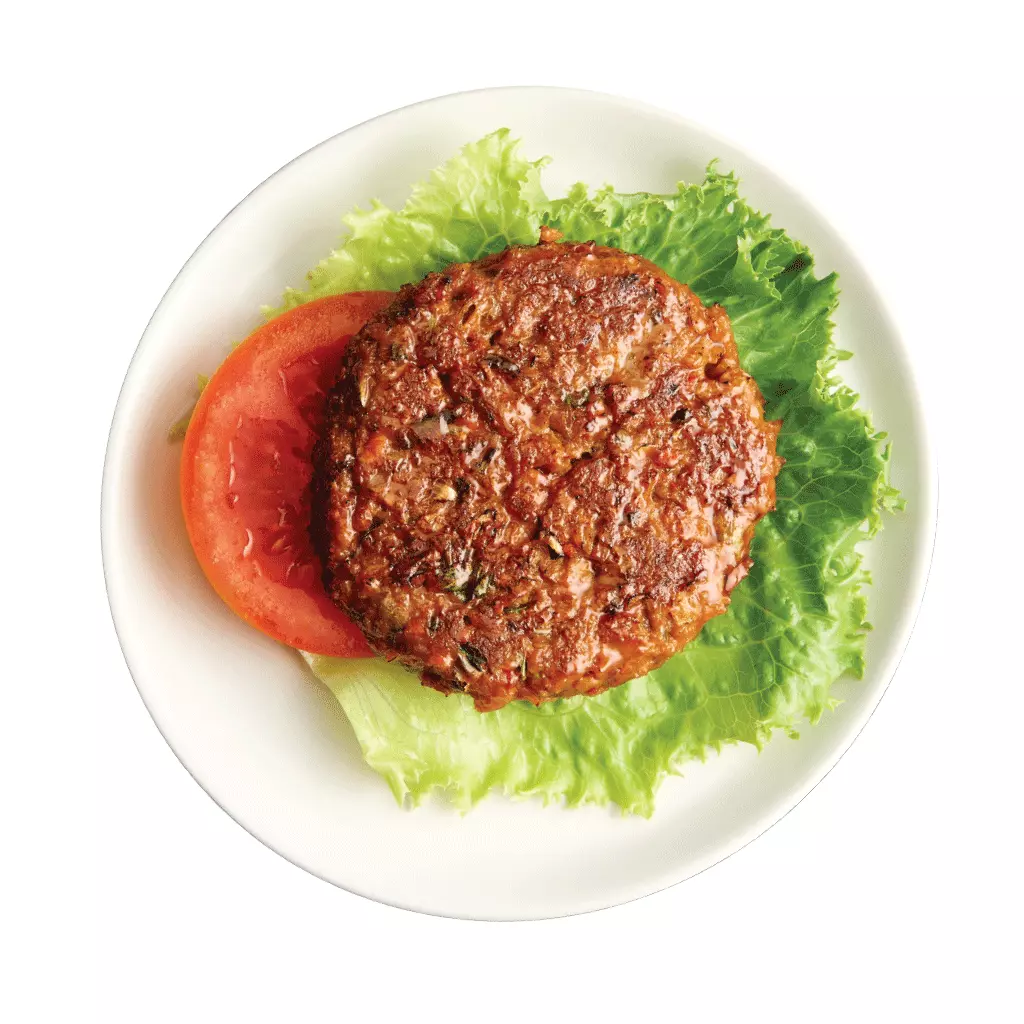Hi, my food-loving friend! Have you ever found yourself in front of the fridge at midnight, rummaging for something sweet, salty, or crunchy? Yeah, we’ve all been there. It’s that compelling urge we can’t resist – the infamous craving.
But have you ever stopped to wonder what’s brewing inside your brain when these cravings kick in? Today, we’re peeling back the curtain on the fascinating science behind cravings and dishing out some handy tips to keep them under control. In this blog, we are going to explore the secrets of cravings and some really useful tips to manage them.
First, Let’s Debunk a Myth
Cravings aren’t necessarily a sign of dwindling willpower. They’re the result of a fascinating interplay of brain chemistry, hormones, and, believe it or not – evolution! Our ancestors didn’t have the luxury of supermarkets or fast-food joints. They weren’t sure where their next meal was coming from. So, when they stumbled upon high-calorie foods, their brains encouraged them to feast and store up. This memory of food then sparked cravings for the future. So, when you’re yearning for a midnight cookie, it could just be your inner cave person making an appearance!
The brain is the star player in the game of cravings. Two areas, the hippocampus and the caudate, take center stage. The hippocampus is the memory maestro, while the caudate shapes habits. Devour a delectable treat, and your brain rewards you by releasing dopamine, the ‘feel-good’ hormone. Your brain logs this pleasure and seeks to replicate it – hello, cravings! Think of it as your brain nudging you, saying,
“Hey, remember that heavenly double-chocolate brownie we savored last week? How about an encore?”
Hormones also have a starring role in the cravings drama. Meet Leptin and Ghrelin – the lead actors. Leptin, the ‘I’m full‘ hormone, rises when you’re satisfied, signaling an end to the feast. Conversely, Ghrelin is the ‘feed me’ hormone, alerting your brain when your stomach is ready for the next act. But, if these hormones lose their balance, you might find yourself in the grips of cravings, even when your stomach isn’t growling with hunger.
Now that we’ve uncovered the science behind cravings, it’s time to talk strategy – how do we keep these cravings in check?
Here are some easy-to-implement, effective strategies that can help:
1. Mindful Eating
This involves paying full attention to the experience of eating and drinking, both inside and outside the body. Pay attention to the colors, smells, textures, flavors, temperatures, and even the sounds of our food. We pay attention to the experience of the body.
- Where in the body do we feel hunger?
- Where do we feel satisfaction?
- What does half-full feel like, or three-quarters full?
By tuning into these cues, we can better understand our body’s actual needs and differentiate between true hunger and emotional or boredom-induced eating.
2. Stay Hydrated
Water plays a vital role in every bodily function, and dehydration can sometimes be confused with feelings of hunger. When you’re well-hydrated, your body functions optimally, and you can better interpret your body’s signals. The next time you experience a craving, try reaching for a glass of water first. Wait a few minutes and then see if you still have that craving. It may have just been your body telling you it was thirsty.
3. Eat Regular, Balanced Meals
Regular meals packed with protein, fiber, and healthy fats will keep your blood sugar levels stable and prevent spikes and crashes that can lead to cravings. Including a source of protein like lean meats, fish, or tofu, along with fiber-rich foods like whole grains, fruits, and vegetables, can make your meals more satisfying and keep you feeling full longer. Add in healthy fats from sources like avocados, nuts, and olive oil to give your meals staying power and keep cravings at bay.
4. Get Enough Sleep
Sleep significantly impacts your hunger hormones, leptin, and ghrelin. Lack of sleep can disrupt the balance of these hormones, leading to increased hunger and cravings. Prioritizing a good night’s sleep can, therefore, help in managing cravings. Establish a regular sleep schedule, create a relaxing bedtime routine, and make your sleep environment conducive to quality rest.
5. Exercise Regularly
Regular physical activity can help curb cravings and control unhealthy eating behaviors. Exercise has been shown to reduce cravings for sweet snacks and even reduce appetite in some people. The endorphin released from exercise can also help improve mood and reduce stress, further helping manage emotional eating.
6. Substituting Healthier Alternatives
When a craving for something specific like sweets, salt, or chocolate hits, substituting with a healthier alternative can satisfy the craving without derailing your health goals. This could be having a piece of fruit when you crave something sweet or a handful of nuts when you crave something salty. These alternatives provide the taste you’re craving while also delivering beneficial nutrients.
Some Additional, Specific Strategies to Manage Specific Cravings
1. Craving Sweets?
The craving for something sweet can be quite strong, but there’s a healthy way to satisfy it. Instead of reaching for candy or cookies, try eating a piece of fruit. Fruits, such as apples, berries, and oranges, are naturally sweet and come packed with a host of benefits. They’re full of fiber, which slows the absorption of sugar into your bloodstream and prevents spikes in blood glucose. They also contain water, helping to hydrate your body. Plus, fruits have various beneficial compounds like antioxidants and vitamins that promote health. So, next time your sweet tooth calls, answer it with a piece of juicy fruit!
2. Craving Salt?
Salt cravings can often lead us to chips or pretzels, but there’s a better option. Nuts and seeds are an excellent choice to satisfy your salt cravings. These little powerhouses offer the crunchy texture that most salty snacks provide, but they’re loaded with valuable nutrients. They’re a great source of heart-healthy fats, protein, fiber, and various vitamins and minerals. Almonds, pistachios, and sunflower seeds are all great choices. Opt for lightly salted or unsalted varieties if you’re watching your sodium intake.
3. Craving Chocolate?
Chocolate cravings are common, but not all chocolate is created equal.
If you find yourself yearning for a chocolate bar, reach for dark chocolate instead of milk chocolate. Dark chocolate contains more cocoa and less sugar and milk. It’s rich in fiber, iron, magnesium, and powerful antioxidants. Plus, it’s more satisfying and can fulfill your craving with a smaller portion. Try to choose dark chocolate that contains 70% or more cocoa – the higher the cocoa content, the healthier the chocolate. Just remember, moderation is key. Dark chocolate is still calorie-dense, so keep your portions in check.
By using these strategies, you can satisfy your specific cravings in a healthier way while also providing your body with beneficial nutrients. It’s a win-win!
Conclusion
So there you have it – the science behind cravings and some simple, practical strategies to help manage them. The next time a craving hits, remember it’s just your brain and hormones playing their tricks. Take a deep breath, drink some water, and remember that you’re in control, not your cravings.
Remember that if you’re struggling with cravings, especially if they’re interfering with your health or happiness, it’s okay to seek help. This is where BioIntelligent Wellness comes into play. Our dietitians, nutritionists, and health professionals can provide advice and support tailored to your unique needs, helping you decipher your body’s signals and make healthful choices.
And remember, you’re not alone in this journey. We’re all in it together, navigating our cravings, enjoying food, and striving for a healthy, happy life.
Until next time, happy, healthy eating! For more wellness and weight loss guidance, simply reach out to us at [email protected] or set up a FREE consultation here.






